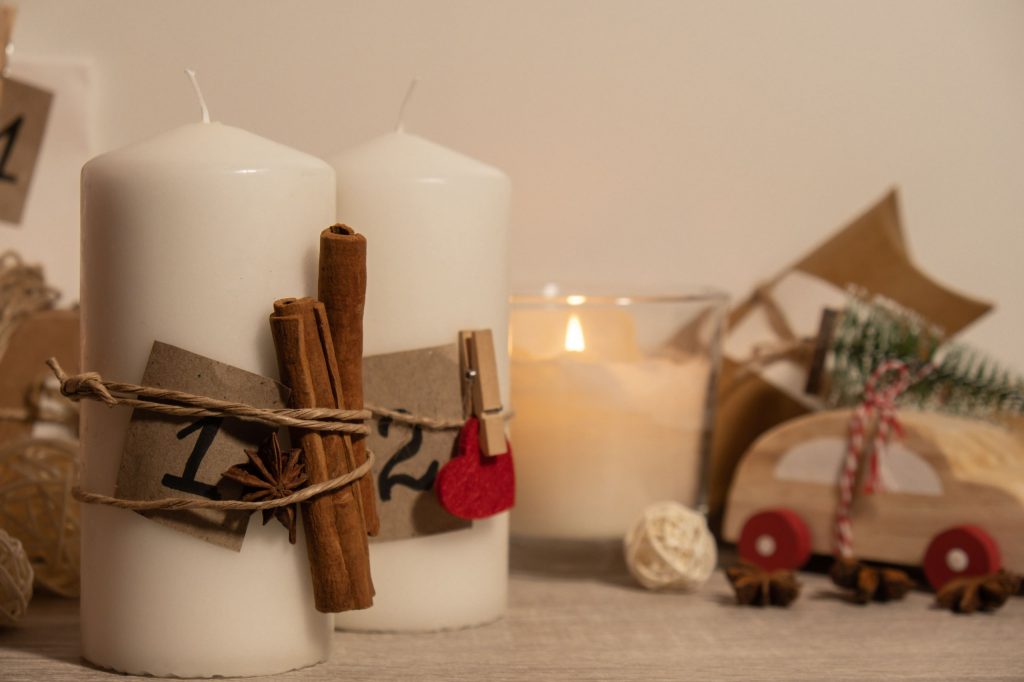Scent is powerful. It evokes memories, shifts moods, and transforms spaces. In candle making, fragrance isn’t just a nice touch — it’s often the soul of the candle. Whether you’re crafting candles for your own home, as gifts, or to sell, choosing the right scent is one of the most important and personal decisions in the process.
With so many fragrance options available, how do you choose the one that’s just right? In this guide, we’ll explore how scent works, what categories to consider, and how to select fragrances that elevate your candles to an entirely new level.
Why Scent Matters
A candle’s scent can:
- Set the tone of a room (calming, energizing, romantic, etc.)
- Reflect seasons or special occasions
- Bring comfort and familiarity
- Express your personality or brand
While a beautiful candle might catch someone’s eye, it’s often the scent that makes them fall in love with it — and want to come back for more.
Types of Fragrances: Scent Families Explained
Understanding fragrance families helps narrow your choices and design candles that feel cohesive and intentional. Most candle scents fall into the following categories:
- Floral – Think rose, lavender, jasmine, and peony. These are romantic, soft, and often associated with relaxation or elegance.
- Fresh/Clean – Includes cotton, sea breeze, rainwater, and eucalyptus. These scents are light, airy, and perfect for kitchens or bathrooms.
- Fruity – Apple, citrus, berries, melon — lively and cheerful, great for uplifting mood and seasonal themes like summer or spring.
- Woody/Earthy – Sandalwood, cedar, pine, patchouli. These scents feel grounding and comforting — perfect for cozy, warm atmospheres.
- Spicy – Cinnamon, clove, nutmeg, cardamom. Often used for autumn or holiday candles, these bring warmth and depth.
- Gourmand – Vanilla, chocolate, coffee, caramel. These are rich, indulgent, and great for kitchens, living spaces, or gift candles.
- Herbal/Green – Basil, sage, mint, tea leaves — refreshing and sometimes energizing, often associated with natural wellness.
How to Choose the Right Fragrance
1. Consider the Purpose
What kind of experience do you want to create with your candle? A lavender-scented candle might be perfect for a calming bedroom vibe, while citrus or peppermint is better suited for an energizing workspace.
2. Match the Season
Seasonal candles are popular for a reason. People expect warm spices and baked goods in fall and winter, and fresh florals or fruits in spring and summer. While you’re free to break the rules, leaning into seasonal scents can connect your candle with emotional timing.
3. Think About the Room
Each space in a home has its own scent personality:
- Living Room: Warm, welcoming scents like amber, vanilla, or sandalwood.
- Bathroom: Clean, crisp scents such as linen, cucumber, or sea salt.
- Kitchen: Gourmand scents like coffee, apple pie, or lemon.
- Bedroom: Relaxing scents like lavender, chamomile, or musk.
4. Test in Small Batches
Don’t commit to a large batch of wax without testing a fragrance first. Scents can behave differently when burned than when smelled in the bottle. Pour a few test candles and see how the scent performs cold and hot.
5. Blend for Signature Scents
Once you’re comfortable, start blending. Combining two or three complementary fragrances can create a signature scent that’s totally unique. Try vanilla + cedarwood for a cozy touch, or grapefruit + mint for a spa-like feel.
Essential Oils vs. Fragrance Oils
While both are used in candle making, there are differences:
- Essential oils are natural, derived from plants, and popular for aromatherapy. However, they can be subtle and sometimes unstable in high heat.
- Fragrance oils are specially formulated for candles and provide stronger, more consistent scent throws. They offer a broader range of creative blends.
Many candlemakers use fragrance oils for main production and reserve essential oils for specific wellness candles or requests.
Scent Strength: Cold Throw vs. Hot Throw
- Cold Throw refers to the scent your candle gives off when it’s not burning — important for shelf appeal or when used as décor.
- Hot Throw is how well your candle smells when lit — the real test of your fragrance selection and formula.
To maximize hot throw, make sure you add your fragrance at the right temperature (usually 60–70°C depending on wax) and use the proper amount (typically 6–10% of total wax weight).
Conclusion
Scent is what makes a candle unforgettable. It creates connection, atmosphere, and emotion — all from a single flame. With a little knowledge and experimentation, you can choose (and even create) fragrances that bring your candles to life in the most beautiful, personal way.
So take your time, explore your senses, and let your nose lead the way to your next candle masterpiece.
